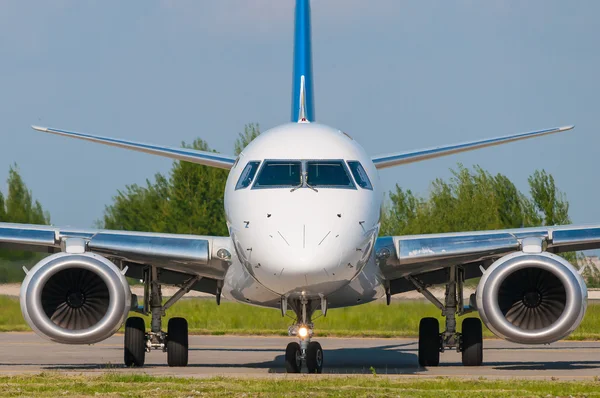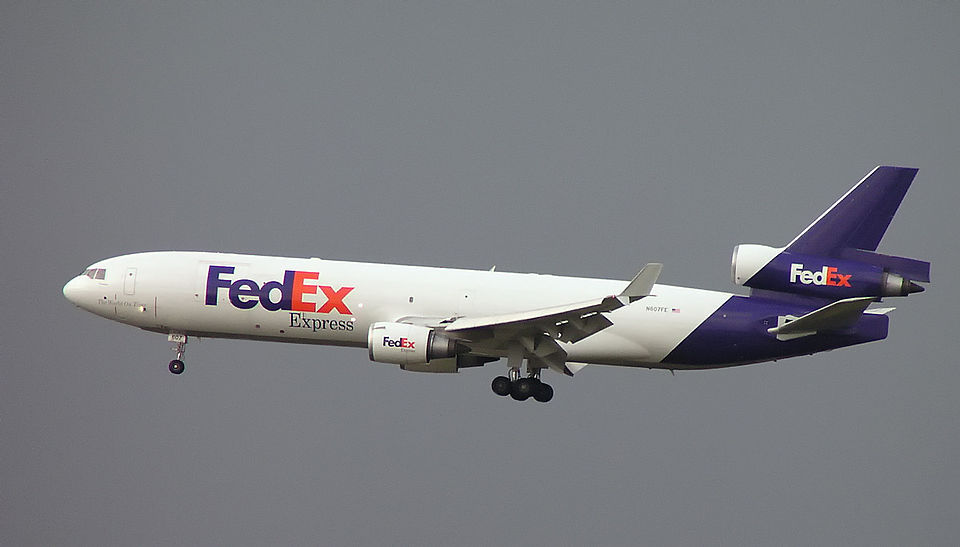
It’s an image hard to shake: a plume of fire half a mile long, black smoke curling in the evening sky over Louisville. For many Kentuckians, the UPS cargo plane crash near Louisville International Airport was far more than a headline; it marked one of those moments that shook the heart of the community. As investigators try piecing together what happened, residents, UPS employees, and aviation watchers alike grapple with both facts and the emotions stirred by this tragedy.

1. The Crash and Immediate Impact
UPS Flight 2976, a McDonnell Douglas MD-11 freighter en route to Honolulu, crashed shortly after takeoff at 5:15 p.m. Tuesday. Kentucky Gov. Andy Beshear confirmed fatalities – at least three, then revised that number to nine – and at least 15 injuries. The Louisville Metro Police said there was “fire and debris” at the scene, asking residents to avoid Fern Valley and Grade Lane. A shelter-in-place order was extended for areas northbound of the city’s interstate loop due to heavy smoke.

2. What Preliminary Data Shows
FlightRadar24 recorded that the aircraft briefly reached 175 feet before descending. Louisville Mayor Craig Greenberg added, too, that the plane was carrying about 280,000 pounds of fuel, adding to the intensity of the fire. And CCTV footage, viewed by the National Transportation Safety Board, captures the left engine detaching during the takeoff-a detail now at the center of an investigation.

3. Inside the NTSB Investigation
Todd Inman of the NTSB laid out a multi-group approach: operations, structures, power plants, systems, and maintenance. Specialists in air traffic control, human performance and aircraft performance are also part of the mix. The cockpit voice recorder and flight data recorderboth updated L3 Harris unitswere recovered and will be analyzed in Washington, D.C. Investigators are expected to remain on scene for at least a week, mapping debris across the half-mile impact zone and securing evidence.

4. Airport and Logistics Disruption
Louisville International Airport halted all flights until at least 7 a.m. Wednesday. The incident happened near UPS Worldport, the 5.2 million-square-foot sorting hub of the company, which sorts upwards of 400,000 packages an hour. A disruption here puts a dent not only in local operations but also in national and international supply chains, since Worldport handles 300 daily flights and employs 20,000 workers.

5. Aircraft age and design context
The MD-11 was built in 1991 and converted to a freighter in 2006. The model is part of a fleet UPS has been retiring in favor of more fuel-efficient models. Cargo jets like the MD-11 typically fly 30% less than passenger planes, and age alone isn’t considered a direct safety risk. “An airliner is only as old, basically, as its last D-check,” said aviation consultant Mike Boyd, referring to the exhaustive maintenance overhauls these aircraft undergo.

6. Community Safety Preparedness
The crash raises questions about how airports and surrounding communities respond to large-scale transportation accidents. Airports such as Manchester-Boston Regional conduct full-scale drills involving dozens of agencies to be ready to respond to incidents that also include hazardous material spills and fuel fires. In Louisville, coordination between the airport crews, local fire departments, and community responders proved critical in containing flare-ups overnight.

7. Managing the Psychological Toll
Such a disaster can develop anxiety and stress in the residents and workers who have witnessed the event. Specialists do, however, point to the “media amplification effect” of an event receiving constant coverage, perceived danger is increased. The repetition of such graphic news can be reduced in order to minimize anxiety. Mindfulness practices, deep breathing, and focusing on aviation’s strong safety record-commercial air travel carries a death risk of about one in eleven million flights-are some coping strategies.

8. Support to Survivors and Families
The NTSB’s transportation disaster assistance team is working under the Family Assistance Act to support survivors and their families. In many instances, emotional recovery is possible with professional help, especially if trauma symptoms, such as intrusive memories, avoidance, or mood changes, persist. Support groups and counseling may provide a safe place to process grief and fear; community solidarity is most certainly a strength in recovering from such tragedy.

9. Looking Ahead
While the investigation will take time, its findings hope to prevent tragedies in the future. As Inman said, “From tragedy, we draw knowledge to improve the safety for all.” For Louisville, the coming weeks will be about balancing the urgency of restoring vital airport operations with the care and respect owed to those affected. And that resilience, rooted in preparedness, compassion, and cooperation, remains the community’s greatest asset.


